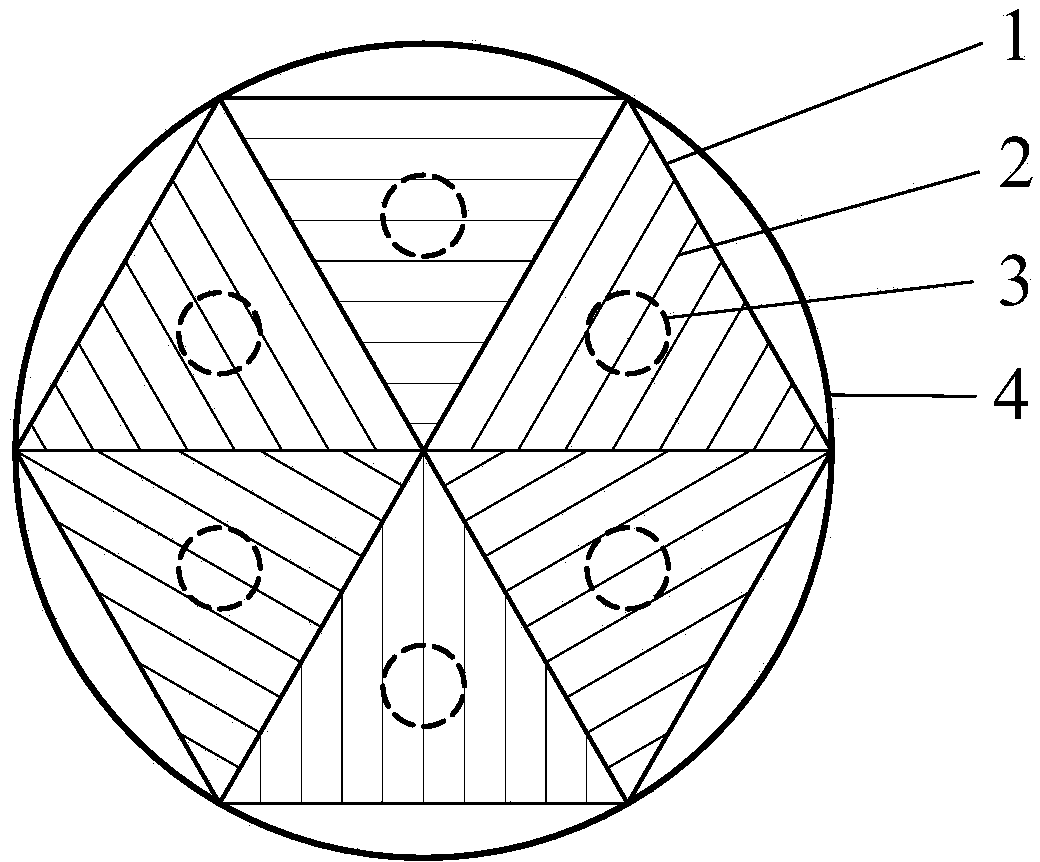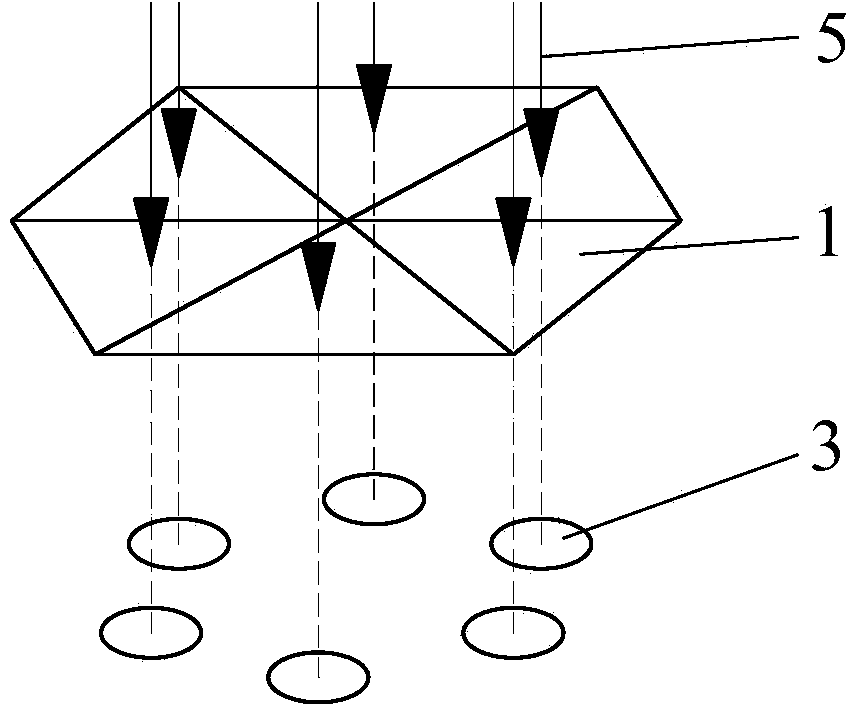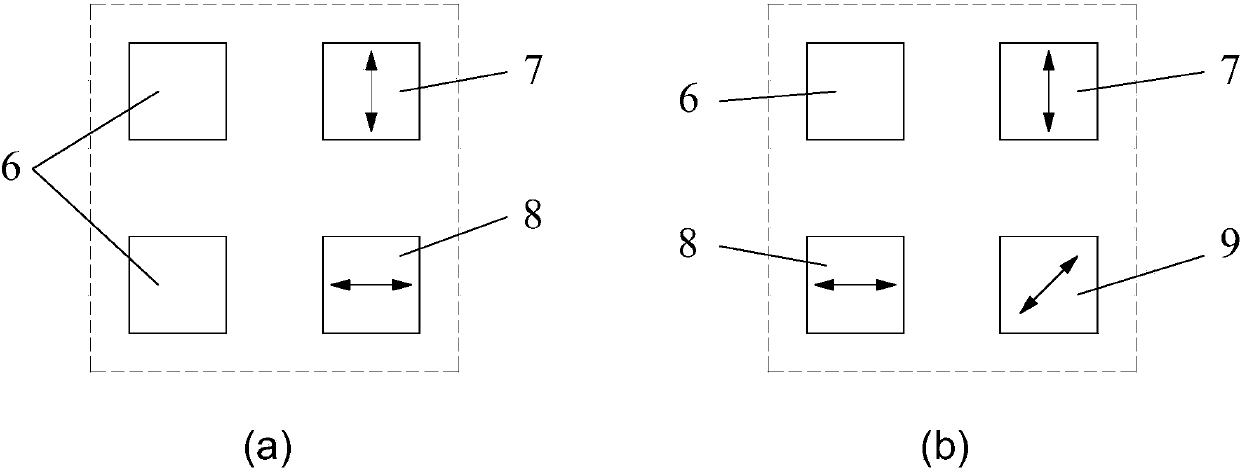Division-of-amplitude sensing design method and device for polarizing navigation angle
A polarization navigation and angle sensing technology, applied in the field of navigation and measurement and control, can solve the problems of lower measurement accuracy and sensitivity, scattering/reflection stray light interference, complex photolithography processing technology, etc., to reduce technical index requirements, improve sensitivity and Accuracy, the effect of reducing the difficulty of installation and adjustment
- Summary
- Abstract
- Description
- Claims
- Application Information
AI Technical Summary
Problems solved by technology
Method used
Image
Examples
Embodiment 1
[0063] Such as Image 6 As shown, a sub-amplitude polarization navigation angle sensing device. The second phase retarder is not included in the device of this embodiment, and the first phase retarder 19 used is a half-wave plate, and the azimuth angle of the fast axis is adjusted to about 22.5°; the reference polarization generator 37 is used to generate a reference for a known polarization state Polarized light; the bandpass filter 16 is a dielectric film filter with a central wavelength of 633nm and a full width at half maximum (FWHM) of 10nm; the modulator 17 is an optical chopper, and the modulation frequency is set at 120Hz; the beam splitter 18 is a common type of light splitter Prism, the splitting ratio is about 50:50; the first polarization beam splitter 38 and the second polarization beam splitter 39 are all Wollaston prisms; photosensitive detectors 31-34 are all silicon-based amplifying detectors, and the analog voltage signals generated Passed to the data acquis...
Embodiment 2
[0072] Such as Figure 10 As shown, in this embodiment, a parallel glass plate 40 is used to replace the beam splitter 18, the first polarizing beam splitting prism 38 and the second polarizing beam splitting prism 39 in Embodiment 1 for amplitude splitting, and no phase retarder is included. The upper surface of the parallel glass plate 40 is coated with a dielectric film, and the lower surface is coated with a high-reflectivity metal film. The parallel thin beams coming from the band-pass filter 16 and the modulator 17 enter the parallel glass plate 40 in an oblique incidence mode, multiple internal reflections occur in the parallel glass plate 40, and multiple times occur on the upper surface of the parallel glass plate 40 Partially transmitted, resulting in multiple parallel, equally spaced reflected beams. In this embodiment, detection is performed using the first four reflected light beams generated. The upper surface of the parallel glass plate 40 can be pressed Fig...
PUM
 Login to View More
Login to View More Abstract
Description
Claims
Application Information
 Login to View More
Login to View More - R&D
- Intellectual Property
- Life Sciences
- Materials
- Tech Scout
- Unparalleled Data Quality
- Higher Quality Content
- 60% Fewer Hallucinations
Browse by: Latest US Patents, China's latest patents, Technical Efficacy Thesaurus, Application Domain, Technology Topic, Popular Technical Reports.
© 2025 PatSnap. All rights reserved.Legal|Privacy policy|Modern Slavery Act Transparency Statement|Sitemap|About US| Contact US: help@patsnap.com



